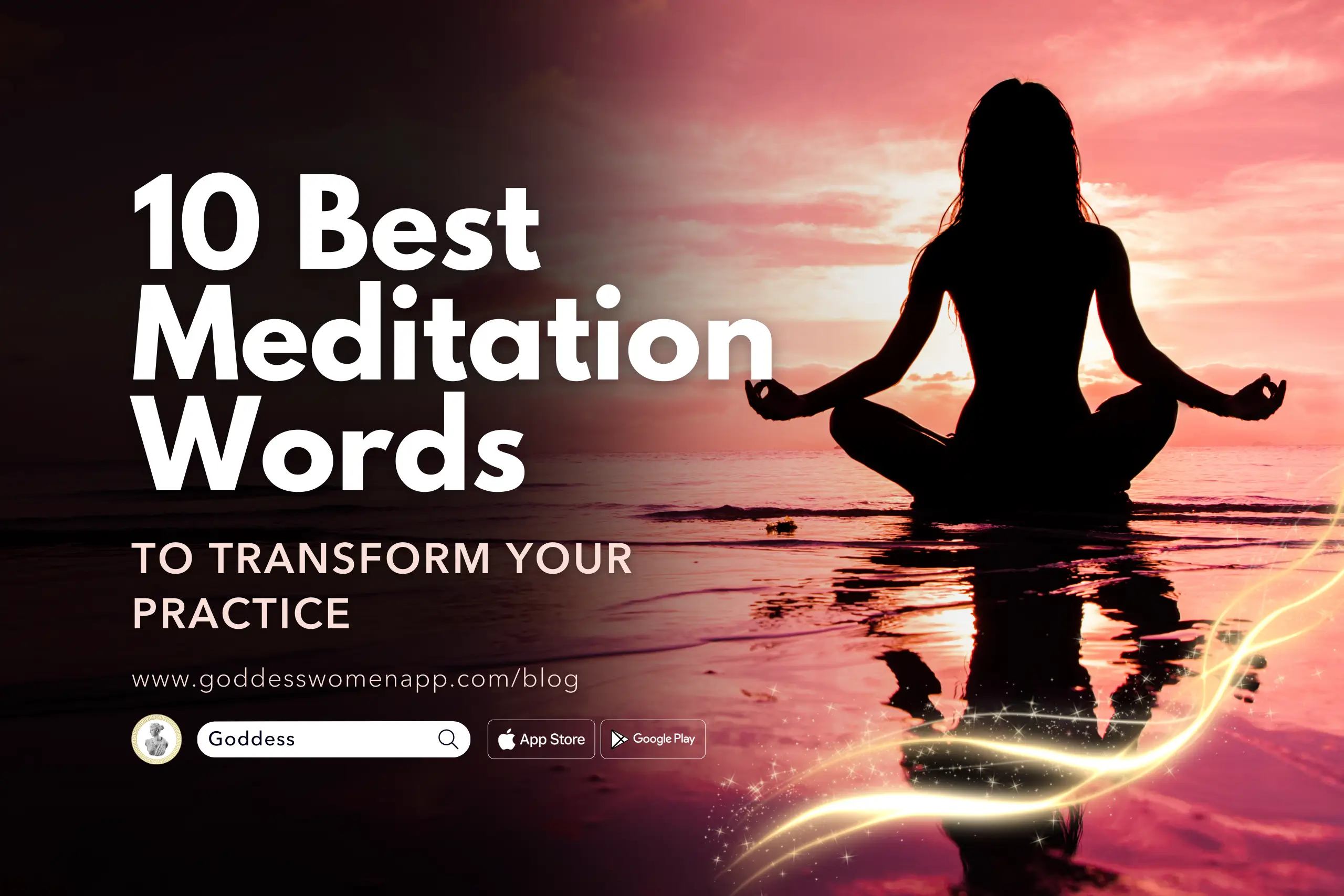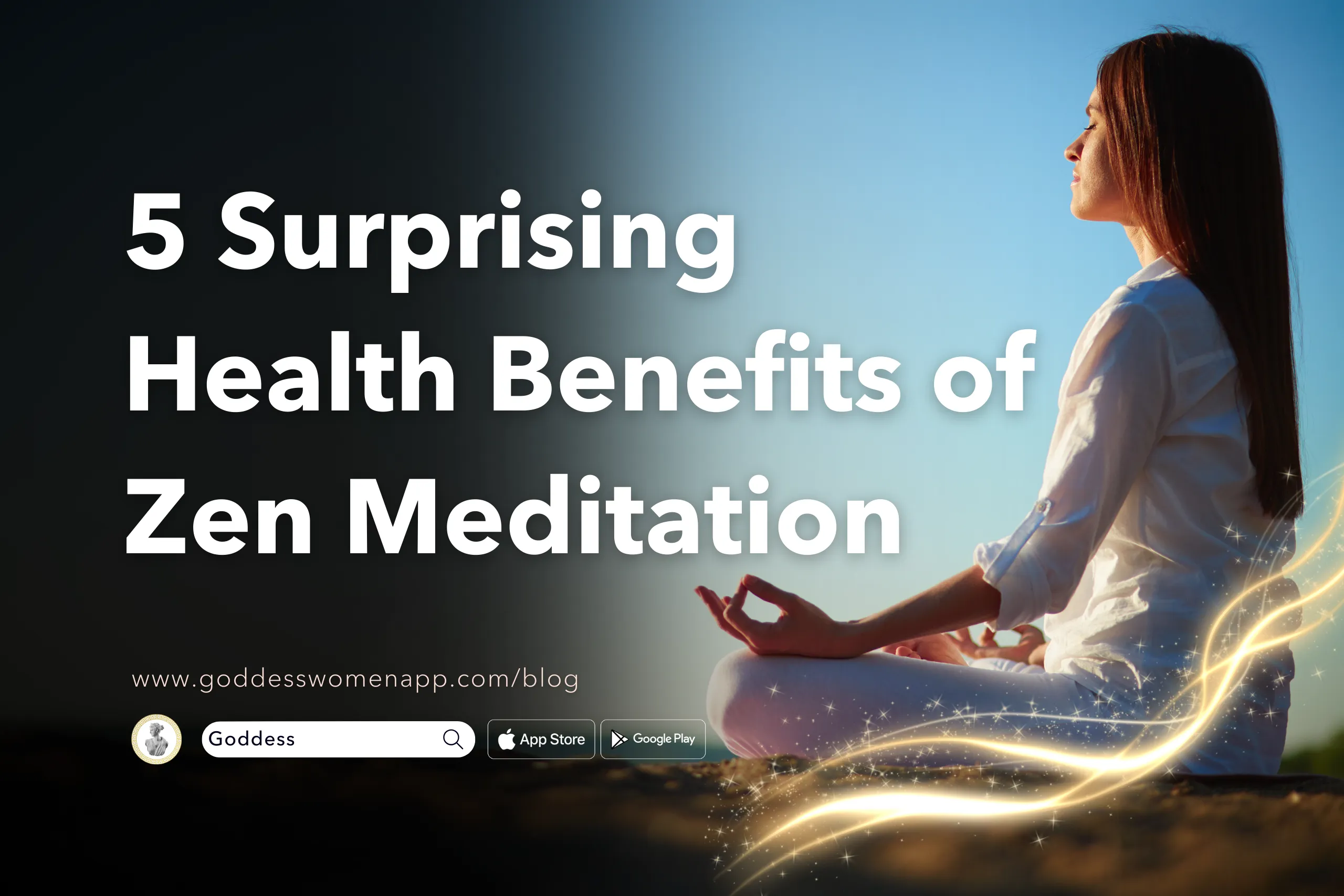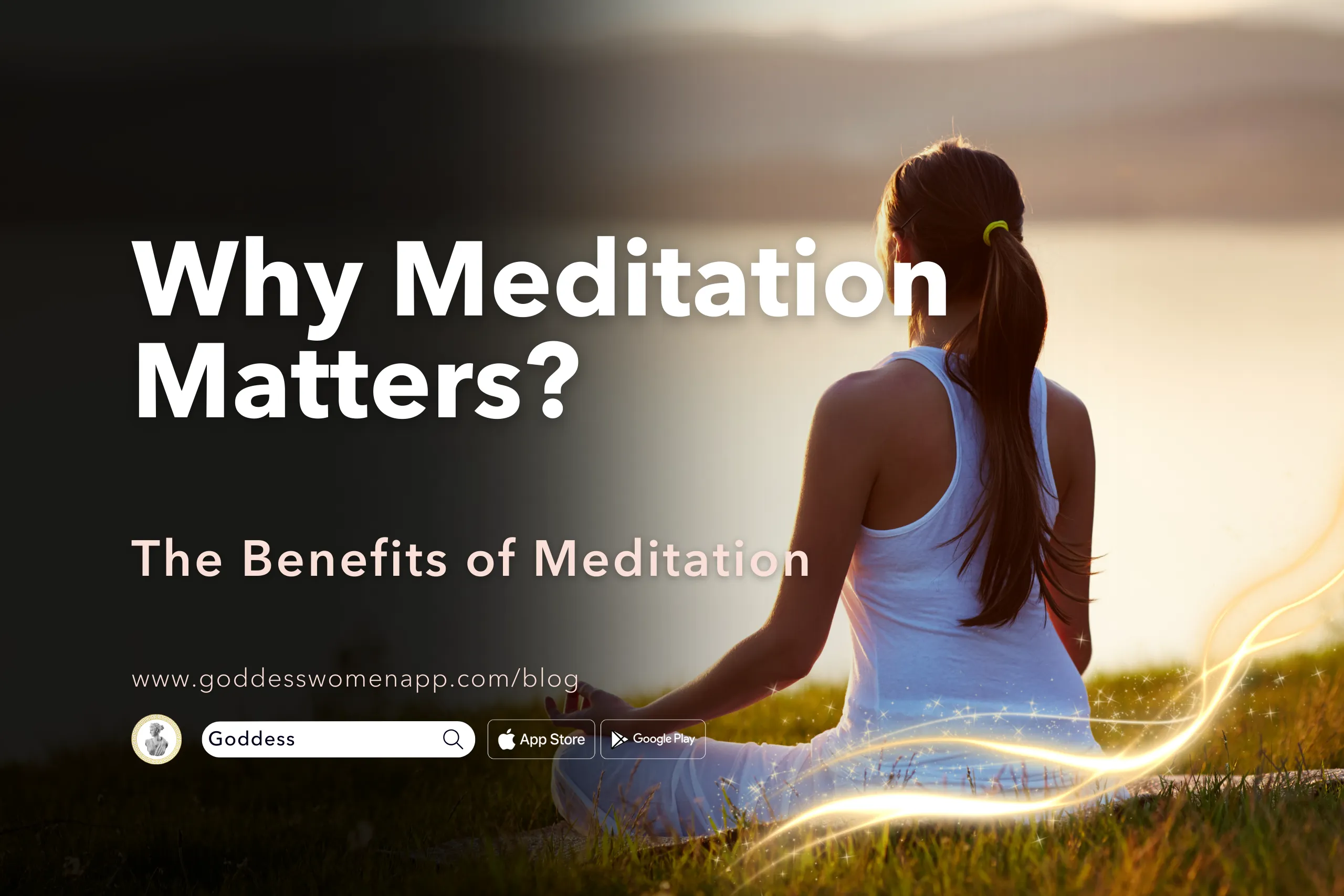Table of Contents
Introduction
In the fast-paced rhythm of modern life, finding moments of peace and clarity is more important than ever. Meditation emerges as a beacon of tranquility, offering a path to inner serenity and heightened self-awareness. At the core of this transformative practice lie meditation words, powerful tools that can deepen your understanding and enhance your experience. Meditation words are not just simple terms; they are profound concepts that encapsulate the essence of a mindful journey. In this article, we will explore 10 essential meditation words that have the power to reshape your practice and guide you towards a more peaceful and mindful existence.
What Are Meditation Words?
Meditation words are specific terms or phrases that are often used in the context of meditation and mindfulness practices. These words serve as anchors, guiding practitioners towards specific states of mind, feelings, or experiences. They are not just vocabulary; they are imbued with deep meaning and significance, often drawn from centuries of spiritual and philosophical traditions.
The use of meditation words can be transformative. When meditators focus on these words, they are not merely repeating sounds; they are engaging with concepts that can unlock deeper levels of consciousness and understanding. For instance, words like “mindfulness” or “compassion” are not just instructions; they are gateways to experiencing these states more profoundly.
In essence, meditation words act as tools to focus the mind, cultivate specific qualities, and deepen one’s meditation practice. They can be used in various ways, such as in guided meditation, silent repetition during personal meditation, or as themes for contemplative practice. The beauty of these words lies in their universality and the personal, unique resonance they can have for each individual practitioner.
In the following sections, we will delve into 10 key meditation words, uncovering their meanings and exploring how they can enrich your meditation experience. Each word is a step towards a deeper understanding of yourself and the art of meditation.
Presence: The Heart of Mindful Meditation

The meditation word “presence” stands at the heart of mindful meditation. It represents the state of being fully engaged and aware of the current moment, without distraction or judgment. In the realm of meditation, presence is about experiencing the now, the richness of every breath, and the subtleties of each sensation.
Cultivating presence in meditation means letting go of the past and future, and immersing yourself in the immediacy of the present. It’s about acknowledging and accepting your thoughts, feelings, and sensations as they arise, without clinging to them. This can lead to a profound sense of peace and clarity.
To practice presence, focus on your breath or the sensations in your body. Whenever your mind wanders, gently bring it back to the present. Remember, presence is a skill that improves with practice, and it has the power to transform not only your meditation but also your everyday life.
Tranquility: Finding Inner Peace Through Meditation
Tranquility in meditation refers to a deep state of calmness and inner peace. It’s the serene quietness of mind that emerges when you let go of chaotic thoughts and emotions. This meditation word embodies the essence of a calm and peaceful mind, free from the turmoil of day-to-day stress.
Achieving tranquility often involves focusing on slow, deep breathing, and visualizing a peaceful scene or repeating a calming mantra. It’s about allowing the mind to settle in a place of stillness, where worries fade away, and a sense of deep calm pervades.
Incorporating the word tranquility into your meditation practice can help in cultivating a more peaceful state of mind. Over time, this can lead to greater emotional resilience, reduced stress, and an enhanced sense of well-being.
Awareness: The Key Meditation Words to Mindful Living

Awareness as meditation words emphasize the importance of being conscious and alert to one’s thoughts, feelings, and surroundings. It’s about observing without judgment and being fully engaged with the present moment.
In meditation, cultivating awareness means paying close attention to your inner and outer experiences. This could involve noticing the rhythm of your breath, the sensations in your body, or the flow of your thoughts. The goal is not to control these experiences but to observe them with openness and curiosity.
Practicing awareness in meditation helps you to develop a deeper understanding of yourself and your reactions to the world around you. This heightened sense of awareness can then extend into your daily life, leading to more mindful and intentional living.
Compassion: Cultivating Kindness in Meditation
One of the most important meditation words “compassion” is a profound aspect of many spiritual and meditation practices. Compassion is about developing a sense of empathetic understanding and kindness towards both oneself and others. In the context of meditation, it involves recognizing the suffering of others and fostering an earnest wish to alleviate it.
To practice compassion in meditation, start by focusing on feelings of love and kindness towards yourself. Gradually extend these feelings towards friends, family, strangers, and even those with whom you may have conflicts. Visualization techniques, where you picture the happiness and relief of others, can be a powerful tool in this practice.
Integrating compassion into your meditation routine not only enhances your emotional well-being but also promotes a sense of connectedness with others. This can lead to more harmonious relationships and a more empathetic approach to life’s challenges.
Harmony: Balancing Mind and Spirit in Meditation

“Harmony” as one of the meditation words refers to the balance and unity between the mind, body, and spirit. It’s about aligning your inner self with the outer world, creating a sense of peace and coherence in your life. This meditation word encourages practitioners to seek a state where thoughts, actions, and feelings are in sync.
Achieving harmony through meditation can involve various techniques like mindful breathing, chanting, or movement meditations like yoga. The key is to find practices that resonate with you and bring a sense of balance and alignment to your being.
By focusing on harmony in your meditation, you can foster a deeper connection with yourself and the world around you. It encourages a holistic approach to well-being, where physical health, mental clarity, and emotional peace are equally valued and nurtured.
Balance: The Art of Equilibrium in Meditation
The word “balance” is central to meditation and mindfulness practices. It represents the art of maintaining equilibrium amidst life’s ups and downs. In meditation, balance is about finding the middle ground between effort and relaxation, attachment and detachment, and the internal and external worlds.
To cultivate balance in meditation, one must learn to be present with what is, without excessive reaction or resistance. It involves recognizing and accepting the dualities of life — joy and sorrow, success and failure — and finding peace in their midst.
Practicing meditation with an intention of balance can lead to a more centered and grounded life. It helps in developing resilience, allowing you to navigate life’s challenges with equanimity and poise.
Serenity: The Ultimate Goal of Meditation
Serenity, a key meditation word, represents the ultimate state of calmness, peace, and untroubled relaxation. In meditation, it refers to the experience of inner peace that arises from a deep state of mental and emotional calm. The pursuit of serenity is often what draws people to meditation.
To embrace serenity in your practice, focus on letting go of the clutter and noise of the mind. Techniques like deep breathing, visualization of tranquil scenes, or the repetition of calming mantras can be effective. The essence of serenity in meditation is about finding that quiet space within, where the mind is at rest, and the heart is at ease.
Insight: The Wisdom Gained Through Meditation

Insight is a crucial meditation word that speaks to the wisdom and understanding gained through deep meditation. It involves the clarity and realization that comes from looking within and comprehending the true nature of our thoughts, emotions, and experiences.
Meditation practices that foster insight often involve mindful observation and contemplation. By quietly observing your mind’s patterns and behaviors without judgment, you can gain profound insights into your habitual reactions and the nature of your consciousness.
The pursuit of insight in meditation is not just about acquiring knowledge; it’s about experiencing a transformation in how you perceive and interact with the world. It’s a journey towards self-awareness and enlightened understanding.
Reflection: Contemplation as a Meditation Tool
Reflection, as a meditation word, involves the process of contemplatively thinking about your thoughts, feelings, and experiences. It’s an introspective practice, allowing one to delve deeper into their inner world, understanding their motivations, fears, and aspirations.
Incorporating reflection into meditation can be done through journaling post-meditation or simply dedicating time during meditation to ponder upon specific life events or emotional responses. This practice helps in achieving a clearer mind and a deeper sense of self-awareness.
Reflective meditation aids in processing and making sense of life’s experiences, leading to personal growth and emotional healing. It’s a powerful tool for self-discovery and emotional clarity.
Conclusion
Incorporating these meditation words into your daily practice can be transformative. Each word, from presence to reflection, carries with it a unique essence that can deepen your meditation experience and enhance your journey towards mindfulness and self-discovery. Whether you are seeking tranquility, harmony, or insight, these meditation words serve as guideposts, leading you to greater inner peace and self-awareness.
As we conclude, remember that meditation words are more than mere terms; they are powerful concepts that resonate deeply with our innermost selves. They provide a pathway to exploring the profound depths of our minds and hearts, unlocking the doors to a more mindful and enlightened existence.





